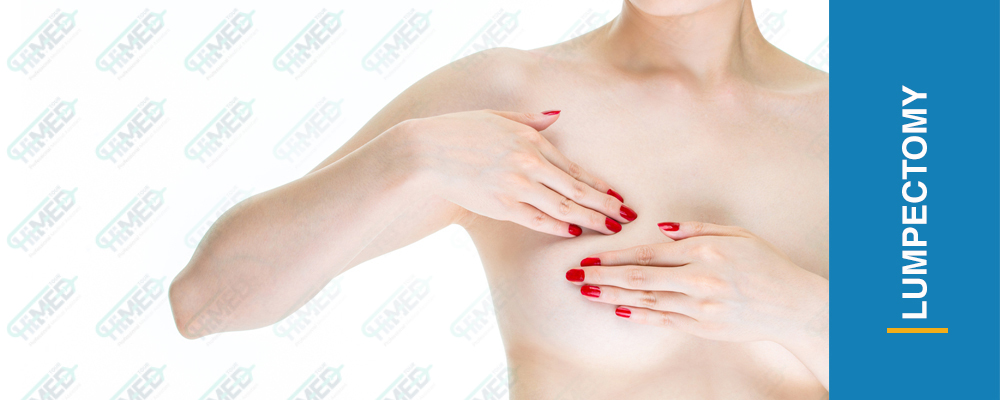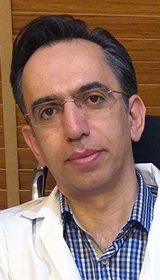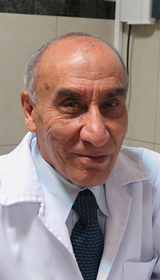
Lumpectomy (Breast-Conserving Surgery)
3min ReadLumpectomy or “breast-conserving surgery” is a surgical procedure where a malignant tumor and a small portion of the healthy tissue surrounding it are removed from the breast. In addition, radiotherapy will be used to help remove the remaining cancer cells. Unlike a mastectomy, where all of the breast tissue is removed, only the affected tissue is removed during a lumpectomy.
Lumpectomy treatment duration
A lumpectomy takes around 1-2 hours. You will be asleep throughout the procedure and won’t feel anything.
Paraclinical testing
After getting your medical history and a physical examination, the doctor will choose the best treatment method for you. At first, a special needle is used to extract some breast tissue to be analyzed in the lab. After the results return and the patient is diagnosed with breast cancer, the doctor will start working on a treatment plan. Mammography, ultrasound, and MRI are used to locate the tumor and figure out its size. Chemotherapy may be used to reduce the size of the tumor and increase the likelihood of a successful lumpectomy.
Preoperative care, the procedure, and postoperative care
Before the procedure
Ask your doctor any questions that you have regarding the procedure, its results and its side effects. Inform the medical team of any allergies you might have, especially if you are allergic to anesthetics. Provide a full list of all the medications, supplements and herbal medicines that you are taking. Consult your doctor about taking aspirin and other blood thinners. Start fasting 12 hours before the surgery. Occasionally, patients feel depressed and irritable after the surgery, having emotional support from loved ones won’t hurt.
The lumpectomy procedure
This procedure is usually done under general anesthesia but your doctor might choose to do it another way depending on your condition. First, the tumor is located. The surgeon will then make a small incision over the area of the tumor. He/she will then remove the tumor and a small portion of the surrounding healthy tissue. Some of the lymph nodes in the breast area will also be removed. The removed tissue will be sent to the lab for analysis. Finally, the surgeon will close the incision while trying not to ruin the breast’s appearance.
After the procedure
The surgical wound will be swell, hard and painful. These symptoms will improve within 2 weeks. You can shower 24-48 hours later after consulting your doctor but you should keep the wound dry. Take the prescribed drugs on schedule. There is no need for a special diet. Eat only liquid food at first and slowly add solid food later on. Visit the doctor 7 days after the surgery. The recovery stage will be over within 1-2 weeks. Avoid swimming, lifting heavy objects, and strenuous exercise for the first 2 weeks. You will most likely need radiotherapy after this procedure. Radiotherapy normally lasts 3-6 weeks.
Important notes regarding lumpectomy
There will be a scar on your breast after this procedure. There may also be a bump or an indentation at the location of the surgical wound. The breast will also be a little smaller. However, it would still look more natural than a reconstructed breast and have a more functional sense of touch.
Duration of hospitalization
The duration of hospitalization varies depending on the way the surgery was done and the way the lymph nodes were removed. Normally, the patient stays at the hospital for 1-2 days.






Reviews
Number of pending reviews175